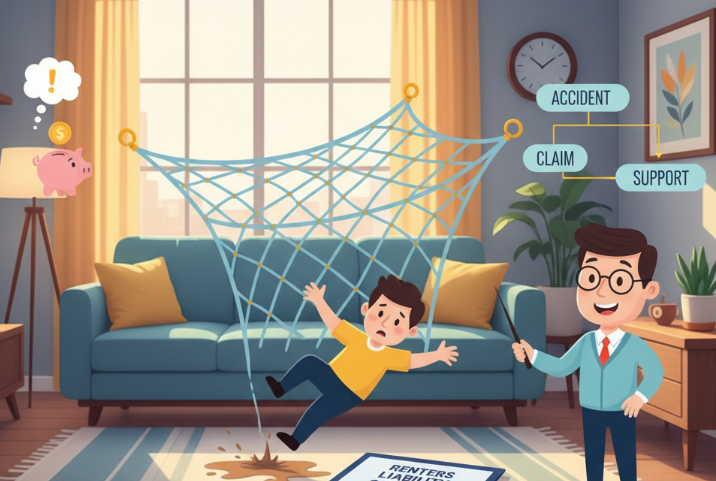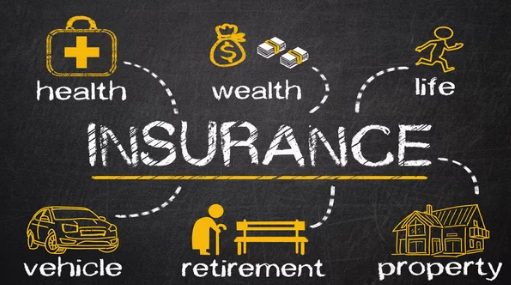Home insurance offers financial protection when unexpected events damage your property, but frequent claims can increase premiums and cause frustration. The best approach is to understand the most common home insurance claims and take proactive steps to avoid them. Preventing damage not only saves you money but also helps maintain peace of mind.
This article explores the top home insurance claims and practical strategies to prevent them.
1. Water Damage
Water damage is one of the most frequent and expensive claims. Common causes include:
- Burst or leaking pipes
- Malfunctioning appliances (dishwashers, washing machines)
- Roof leaks
- Clogged gutters
How to Avoid It:
- Inspect plumbing regularly and replace old pipes.
- Install water leak detectors or shut-off systems.
- Clean gutters and downspouts to prevent overflow.
- Inspect roofs annually and repair loose shingles promptly.
2. Fire and Smoke Damage
House fires can be devastating and costly. Causes often include:
- Electrical faults
- Cooking accidents
- Heating equipment mishaps
- Unattended candles
How to Avoid It:
- Install and test smoke detectors monthly.
- Keep fire extinguishers in key areas like the kitchen.
- Avoid leaving cooking unattended.
- Schedule annual inspections of chimneys and heating systems.
3. Theft and Burglary
Stolen property and break-ins are common reasons for claims. Electronics, jewelry, and cash are prime targets.
How to Avoid It:
- Install a security system with alarms and cameras.
- Use sturdy locks and reinforce entry doors.
- Keep valuables in a safe.
- Make your home look occupied when away by using timers for lights.
4. Wind and Storm Damage
Severe weather can damage roofs, windows, and siding. Hail and strong winds are especially destructive.
How to Avoid It:
- Regularly maintain your roof and siding.
- Trim overhanging branches near your home.
- Secure outdoor furniture and equipment before storms.
- Consider storm shutters or impact-resistant windows.
5. Liability Claims
These occur when someone is injured on your property or if you damage someone else’s property. Common examples include slip-and-fall accidents or pet-related injuries.
How to Avoid It:
- Keep walkways and driveways clear and well-lit.
- Supervise pets around visitors.
- Maintain railings and stairs in good condition.
- Post clear warning signs for potential hazards.
6. Mold and Mildew
Mold growth often results from leaks or poor ventilation. Many policies only cover mold if it stems from a sudden event, not neglect.
How to Avoid It:
- Address leaks immediately.
- Use dehumidifiers in damp areas.
- Ensure proper ventilation in bathrooms and kitchens.
- Inspect basements and attics regularly for hidden moisture.
7. Frozen Pipes
Cold weather can freeze and burst pipes, leading to extensive water damage.
How to Avoid It:
- Insulate exposed pipes in unheated areas.
- Keep indoor temperatures consistent.
- Allow faucets to drip during extreme cold spells.
- Seal drafts around doors and windows.
8. Falling Trees or Branches
Storms and strong winds can bring down trees or branches, causing major damage.
How to Avoid It:
- Trim branches regularly and remove weak or dead trees.
- Inspect trees close to your home after heavy storms.
- Keep your yard clear of objects that can become dangerous projectiles.
9. Accidental Damage
Household accidents like spilled paint, broken windows, or damaged flooring can result in claims.
How to Avoid It:
- Handle home improvement projects carefully.
- Use protective coverings when moving furniture.
- Educate family members about safe use of appliances and tools.
10. Sewer Backup
Sewer or drain backups are unpleasant and often not covered in standard policies unless you purchase extra coverage.
How to Avoid It:
- Add sewer backup coverage to your policy if available.
- Avoid flushing non-flushable items down toilets.
- Install backflow prevention devices.
- Maintain sewer lines with regular inspections.
Conclusion
The most common home insurance claims include water damage, fire, theft, storm destruction, and liability incidents. While insurance provides financial protection, prevention is the best strategy. By maintaining your home, investing in safety measures, and acting quickly when issues arise, you can reduce risks, avoid costly claims, and keep your premiums affordable.
Key takeaway: Home insurance protects your finances, but proactive care protects your home. Combine both for maximum security and peace of mind.






